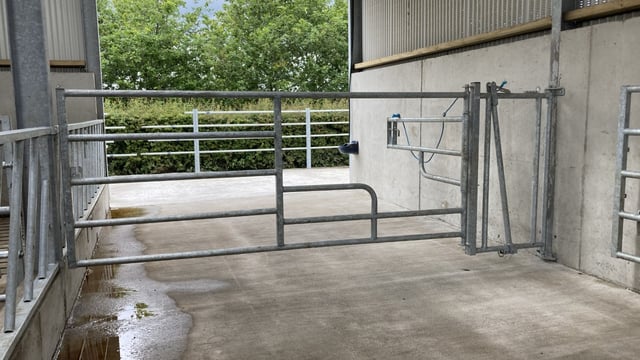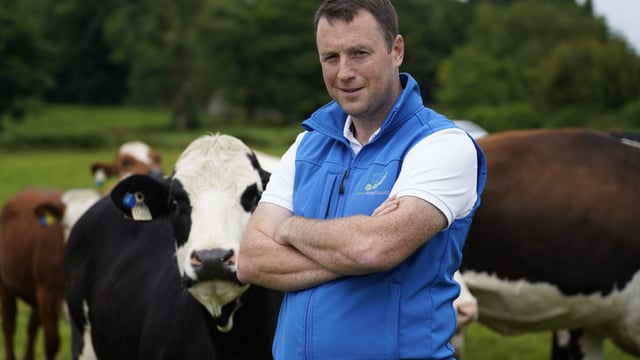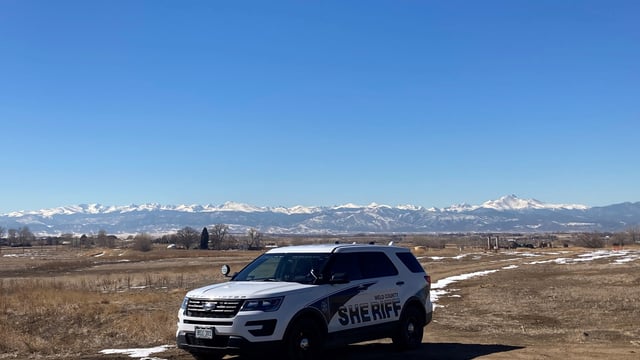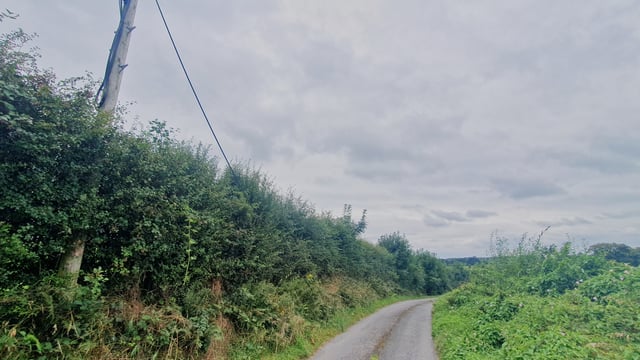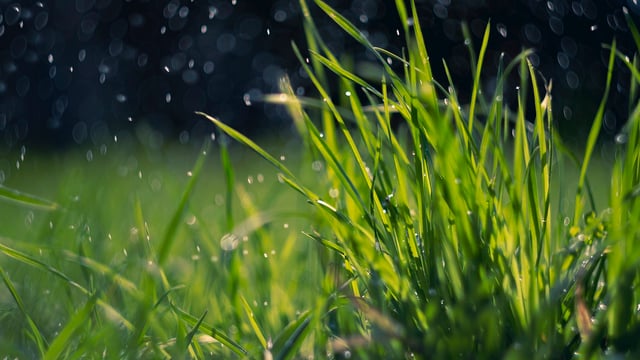Planning decisions for the new 2025/2026 tillage season
With the 2025 cereal harvest now completed, Irish growers must start to plan for the new 2025/2026 tillage season.
And - as Teagasc tillage specialist, Shay Phelan, points out - this could be a tricky enough process.
He explained: “Obviously, crop rotations will have to be considered when planning or deciding what to plant this autumn. Probably more important this year, however, will be markets.
"From what we are being told in the marketplace, there seems to be very little demand for oats or malting barley.
The Teagasc representative questioned what options are growers left with in this situation.
Phelan said "Traditionally, we grow about 25,000ha of oats, including both winter and spring crops.
"But all the merchants are currently saying that they can’t take any more as there is very poor demand and forward prices are very weak.
“Likewise with malting barley, we have heard all year that contracts are being cut and demand for spirits especially is declining.
“So that leaves us with a narrow choice of options.
"Obviously, there is winter wheat and barley but, in poor slots, we have seen this year that they are expensive to grow and often don’t perform well.”
Oilseed rape has been the crop of 2025 harvest. However, growers are limited by rotation and the amount of brassica-based cover crops in ACRES and Farming for Water EIP.
“Beans and peas are other options, but again market and rotation need to be considered. Rye is also an option, but again the market needs to be found for any rye grown," Phelan said.
The Teagasc representative added that forage crops such as beet and maize could also be considered as alternatives.
“Now is a good time for growers to talk to the different co-operatives and see what cropping alternatives are available," Phelan said
“There are different dynamics going on in the market this year, which need to be considered before growers start to order seed.”
Subsoiling
Meanwhile, it is noticeable that a lot of land work is going on at the moment, whether subsoiling or drainage work.
While this would appear to be a good opportunity to try to repair any damage that has been done to soils over the last number of years, as soils are very dry, the first job in hand should be to identify the problem and then identify the cause.
Many growers are subsoiling ground at the moment but are unaware of the good or bad that they are doing.
Key to achieving a good result in subsoiling is to identify where in the soil profile the compaction layer is occurring and then set the subsoiler depth just below that.


